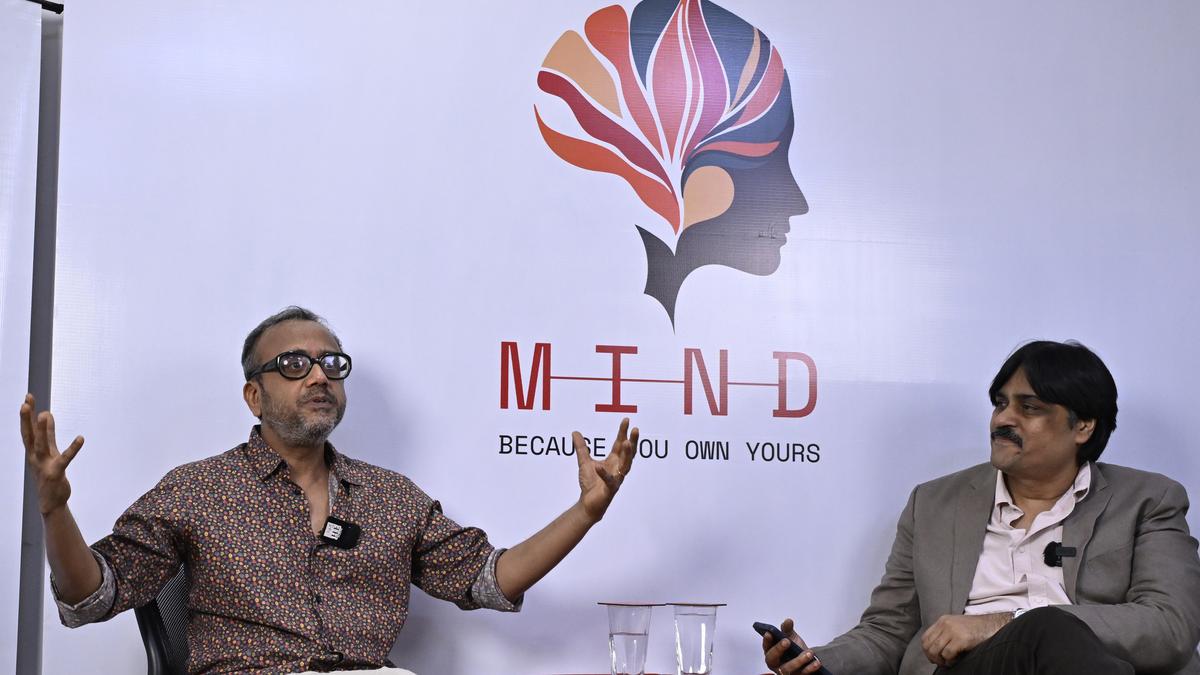Two decades after Khosla Ka Ghosla, Dibakar Banerjee remains one of the most original and influential voices in Hindi cinema. The celebrated filmmaker, speaking at The Hindu MIND event moderated by Anuj Kumar, said artists with diverse views are essential for a society to prevent a monolithic, bullying structure. Edited excerpts:
It has been 20 years since you became a household name with Khosla Ka Ghosla. How do you remember the film?
When we were thinking of Khosla Ka Ghosla, both Jaideep Sahni, who wrote the film, and I were angry about being bullied by someone richer and more socially powerful than us. I see Khosla Ka Ghosla as an anti-bullying film, because in the persona of Khurana [a real estate shark], you have the quintessential bully. He comes to you with a system of his own. When Khurana tells Khosla to pay him to get his land back after arbitrarily deciding to acquire it without any reason, he shows he can subvert all social and legal laws. It’s a situation we are all increasingly getting familiar with. In the nearly two decades that have passed, we have come to understand the exact nature and pathology of bullying of the ordinary citizen and how it works.
Yes, but beyond that, the film also nudges art and artists about their role in the real world. It has been a decade since you returned the National Award you won for Khosla Ka Ghosla. Do you see a connection?
There is a strong connection. Any artist embedded in society is invested with the responsibility of propaganda. They are essentially propaganda agents for certain values. Let’s say there’s a cave from 40,000 years ago with paintings of the bison. Artists painted the animal and left their handprints. That’s propaganda for that society to say that we go out together, and we hunt bison, and we live together, and we survive.
Continue Reading on The Hindu
This preview shows approximately 15% of the article. Read the full story on the publisher's website to support quality journalism.
